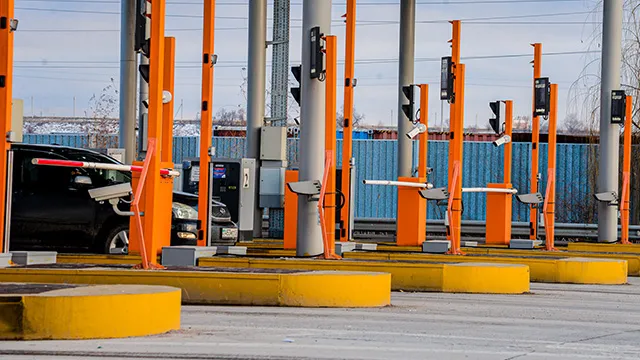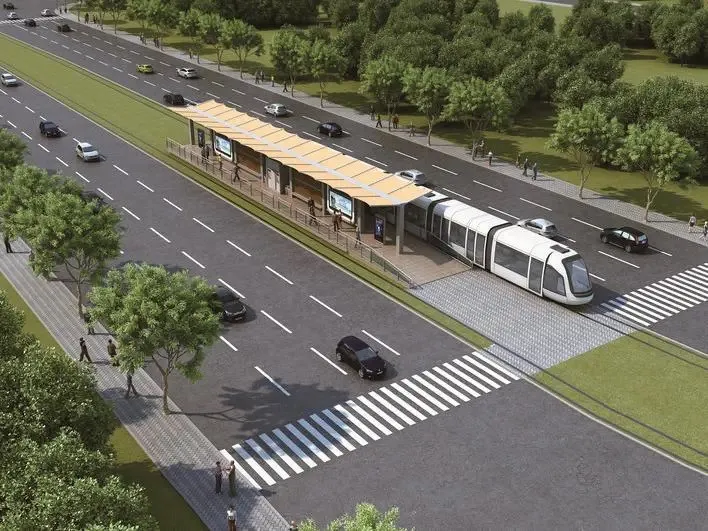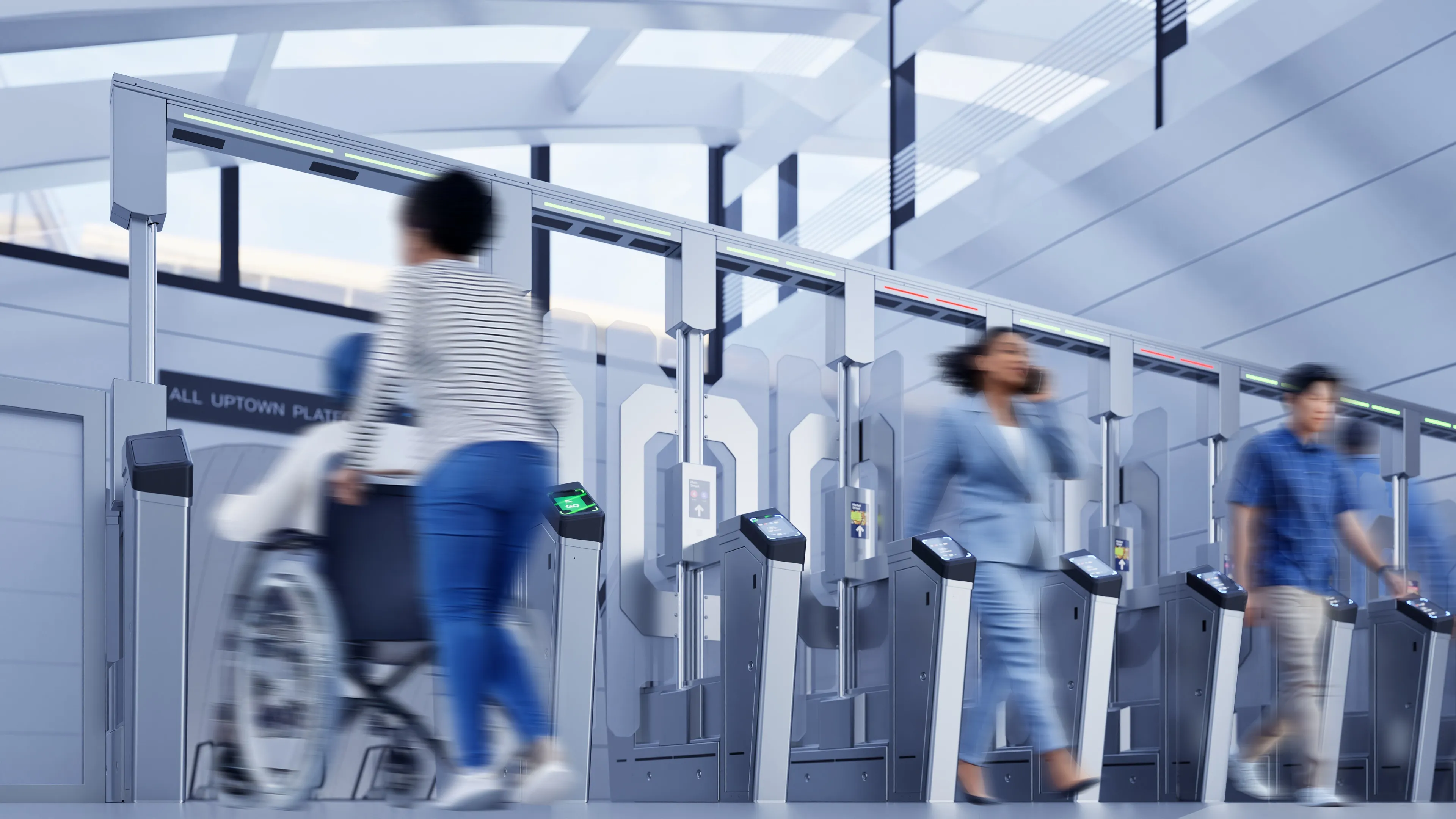
Adaptive Recognition has deployed 150 ANPR cameras to help provide automated tolling services in Kazakhstan.
KazAvtoZhol (QazAvtoJol), the national road management operator, has upgraded three major highways, covering 471km, with 20 Weigh in Motion (WiM) stations and Adaptive's FreeWayCAM ANPR cameras with external infrared illuminators and its Carmen ANPR Image software.
The routes are: Nur-Sultan – Temirtau; Almaty – Kapshagay; and Almaty – Khorgos.
The new system is a hybrid of traditional toll plazas located at each end of the highways and ANPR cameras at the plazas and on gantries, enabling KazAvtoZhol to monitor and categorise all vehicles, charging vehicle owners for the routes they use.
Pre-paying road usage costs half as much as paying at the toll gates.
Adaptive says its cameras work with 99.8% accuracy and Carmen can now recognise over 38,000 plate types—including Kazakh, Russian and Chinese.









